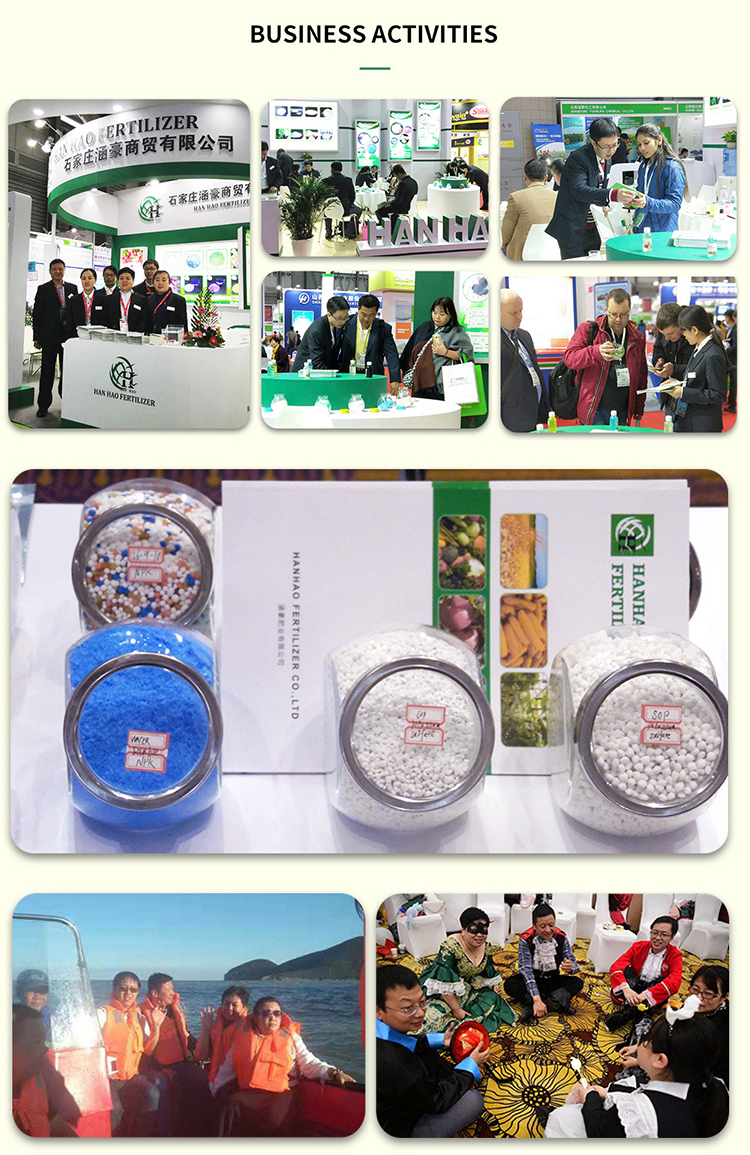
Th12 . 13, 2024 10:10 Back to list
46-0-0 fertilizer for corn manufacturer
Understanding 46-0-0 Fertilizer for Corn Production
In the world of agriculture, especially in the cultivation of corn (Zea mays), soil fertility plays a crucial role in determining crop yields. One of the most potent fertilizers used by farmers is the nitrogen-rich 46-0-0 fertilizer, known for its high concentration of nitrogen (N). This article explores the significance of this fertilizer for corn production, its composition, benefits, application methods, and environmental considerations.
The Composition of 46-0-0 Fertilizer
The designation 46-0-0 denotes the nutrient composition of the fertilizer, with 46 representing the percentage of nitrogen content, while 0-0 indicates that it contains no phosphorus (P) or potassium (K). The primary ingredient of 46-0-0 fertilizer is urea, a synthetic compound that is highly soluble in water, making it an efficient source of nitrogen for plants.
Importance of Nitrogen for Corn
Corn is a crop that demands large amounts of nitrogen for optimal growth. Nitrogen is an essential nutrient that enhances vegetative growth, leading to a lush green canopy and increased photosynthetic capacity. Adequate nitrogen levels contribute to better ear development, ultimately influencing kernel formation and grain yield. Research shows that insufficient nitrogen can lead to stunted growth, poor ear development, and lower overall yields.
Benefits of Using 46-0-0 Fertilizer
2. Rapid Availability Due to its solubility, nitrogen from urea is quickly available to plants. This characteristic is especially beneficial during the early growth stages, where timely nutrient supply is paramount for better crop establishment.
46-0-0 fertilizer for corn manufacturer

3. Flexibility in Application 46-0-0 fertilizer can be applied through various methods—broadcasting, banding, or as a foliar spray—allowing farmers to choose the most efficient technique based on their specific farm conditions and equipment.
4. Cost-Effectiveness Given its high nitrogen concentration, 46-0-0 is often a cost-effective solution for farmers looking to boost soil fertility without the need for excessive quantities of fertilizer.
Application Methods and Timing
Timing and application methods are crucial when utilizing 46-0-0 fertilizer. Typically, it is applied during the pre-planting phase or early vegetative growth stages. Many farmers opt for side-dressing techniques, applying the fertilizer alongside the growing corn to ensure that the plants have access to nitrogen right when they need it. Care should be taken to avoid excessive application, which can lead to nutrient runoff, potential water pollution, and diminished crop quality.
Environmental Considerations
While 46-0-0 fertilizer offers significant benefits for corn production, it also poses environmental risks if not managed appropriately. Over-application can contribute to soil acidification and nitrate leaching into water sources, leading to contamination and health risks. Farmers should adhere to best management practices, including soil testing, precise application rates, and employing cover crops or buffer strips to mitigate these risks.
Conclusion
In conclusion, 46-0-0 fertilizer stands out as a vital resource for corn growers seeking to enhance crop yields and ensure robust plant growth. With its high nitrogen content, rapid availability, and flexible application methods, it plays an essential role in modern agricultural practices. However, responsible usage is critical to safeguard the environment and ensure the sustainability of agricultural systems. By balancing nutrient requirements with environmental stewardship, farmers can harness the full potential of 46-0-0 fertilizer for successful corn production.
-
Premium Organic Manure Compost for Eco Gardens
NewsAug.01,2025
-
Organic 10-10-10 Fertilizer | Balanced Plant Nutrients
NewsJul.31,2025
-
Premium Amino Acid Fertilizer | Rapid Plant Growth Booster
NewsJul.31,2025
-
10 10 10 Fertilizer Organic—Balanced NPK for All Plants
NewsJul.30,2025
-
Premium 10 10 10 Fertilizer Organic for Balanced Plant Growth
NewsJul.29,2025
-
Premium 10 10 10 Fertilizer Organic for Balanced Plant Growth
NewsJul.29,2025
